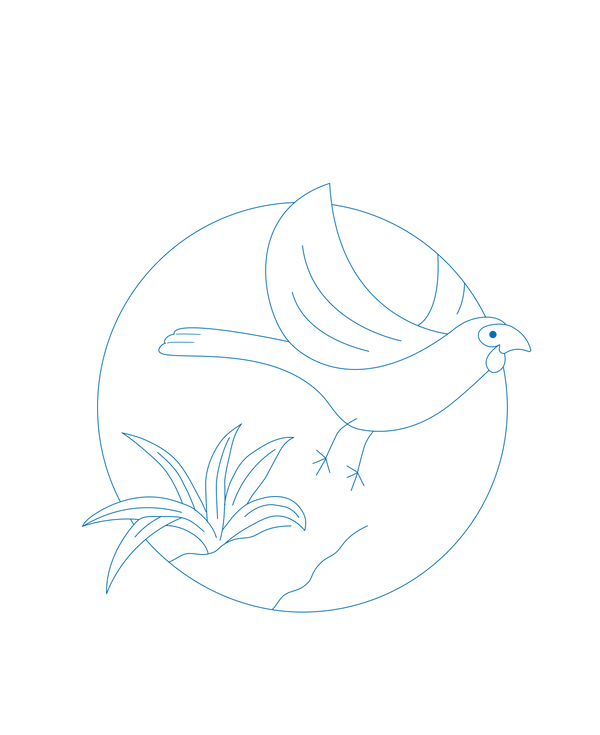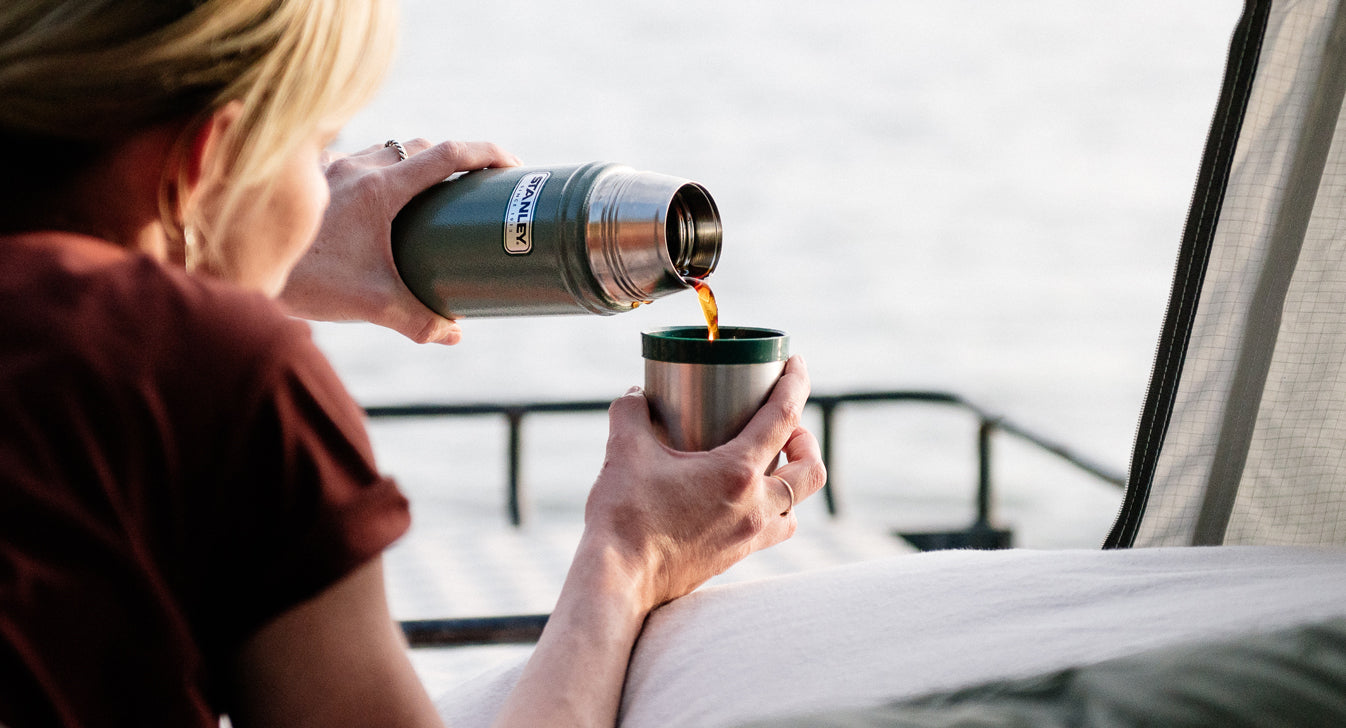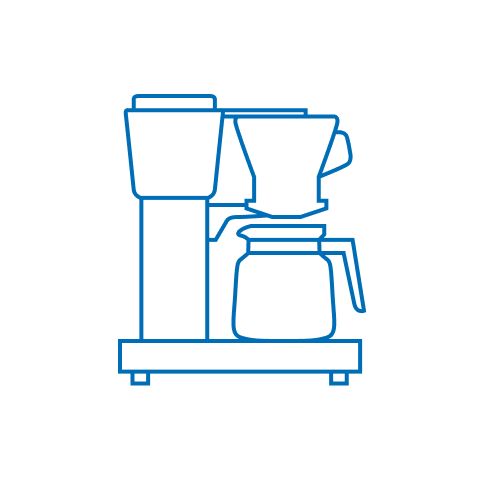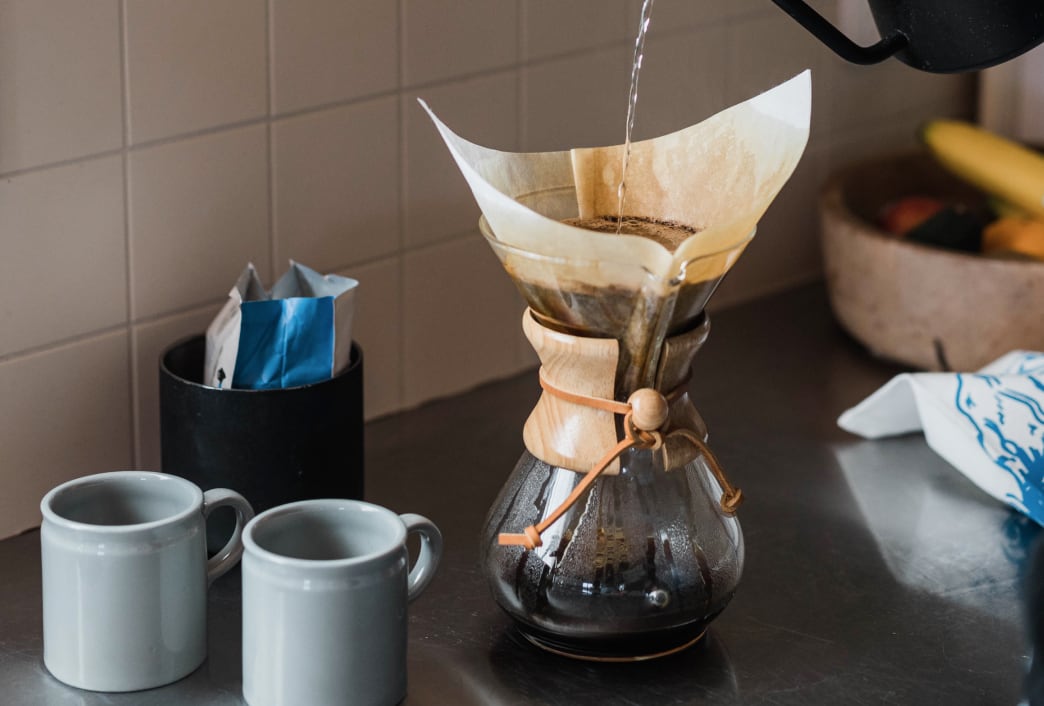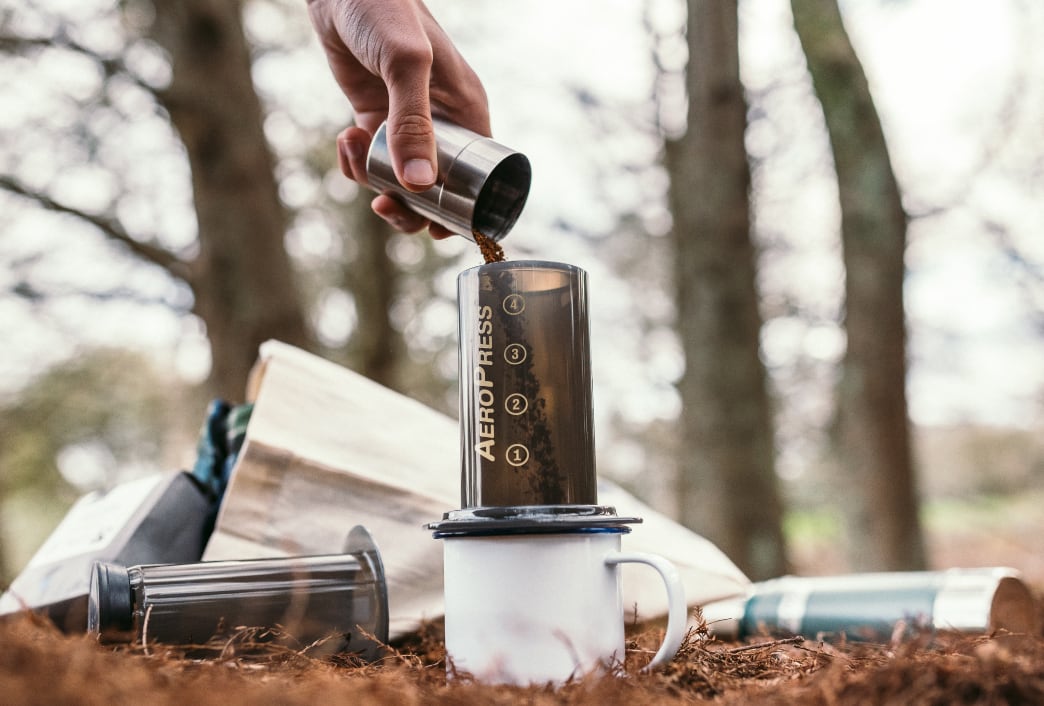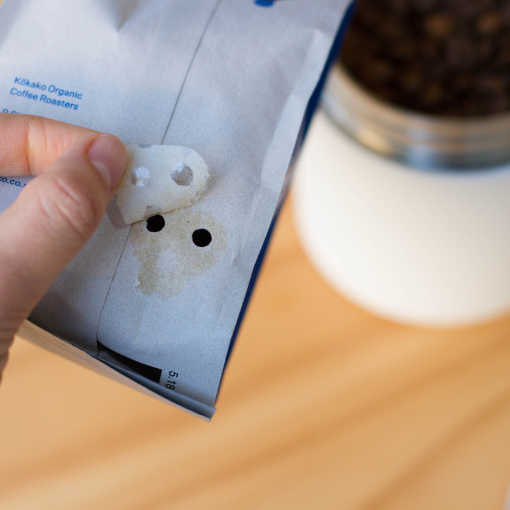November 22, 2021
Roger Bawden, RET: Helping kōkako populations thrive
Here at Kōkako, we have an affinity with the endangered native Kōkako bird for obvious reasons. It’s our namesake, for starters. We also believe in the importance of conservation work and keeping Aotearoa’s native species thriving.
Unfortunately, the Kōkako has struggled to survive over the years, with the threat of pests and human activity pushing numbers down. But because of conservation work in more recent years, although the bird is still thought to be extinct in the South Island, in the North Island there exists a different story. The species now has At Risk–Recovering status in the North Island, and it’s thanks to trusts such as the Rotoehu Ecological Trust that this rejuvenation has happened.
We’ve worked with the Rotoehu trust, which operates in the Rotoehu Forest 35km northeast of Rotorua, for a number of years. We help out on volunteering days, donate coffee and enable customers to make a contribution when purchasing our coffee.
Here, we speak to trustee Roger Bawden about what he does for the trust, how we can all help bird life in Aotearoa flourish, and simple conservation efforts that make a big difference.

Can you share why the work at Rotoehu is so important?
The core goal of the trust is to help protect Kōkako, which is obviously why Kōkako Coffee is involved. We’re slowly increasing numbers in our area, but it has a flow on effect for everything else in the forest. So with no pests, all the birds and plants are coming away as well. We’re targeting looking after Kōkako, then everything else gets the benefits.
What was the population of Kōkako at its lowest point, and then what does it stand at now?
It was approximately 30, now it’s roughly 260. It’s certainly starting to ramp up now, and we’re expanding areas so there’s more birds spilling into those areas that we’re protecting now.
How can members of the public help the project and inject our support into the area?
Work days are probably the best way, because the more volunteers we have, the cheaper it is for the trust to run as they don’t have to find as much funding for contractors like myself. Kōkako Coffee has a donation at the checkout and also has built the keyword ‘Rotoehu’ as a coupon at the checkout which gives more money to the trust. Certainly on the ground people benefit because you see and hear Kōkako!

When volunteers come along to the working days, what does the work that they’re doing look like?
So they’re checking traps, and we’re laying toxin this year so the volunteers are doing some of that. Most of the time it’s talking and drinking coffee and hopefully listening to Kōkako!
What are some key pieces of kit that they should bring along? What really helps you stay comfortable and happy during a day out in the bush?
We try to make the tasks as enjoyable as possible by limiting the day length and activity type to fit the volunteers skill and fitness level. To get the most out of the day volunteers should bring comfy, weather appropriate clothing and good supportive footwear as well as water and snacks to drink/nibble on while they are in the bush. All volunteer days have Kōkako coffee and some food provided once they arrive back at the base.

What do you love about Aotearoa’s natural habitat, and why is it so important to protect it?
The feeling when you are kilometres deep into the bush, there’s no one around for miles, you can hear rare birds filling the canopy with their song, and it feels like no one has ever been there before... that’s what really excites me. It’s frustrating to see what could be perfect, wild bush, decimated by pests like rats, possums and wallabies and not hear a single bird singing. We have a lot of work to do to ensure that these pests are reduced, if not eliminated, so that all kiwis can get to enjoy what New Zealand is meant to be like!
What do you think each of us in New Zealand can do to protect our wildlife?
It’s probably as simple as setting some sort of trap at home. Whether that’s an automatic one that you check occasionally or a one kill trap that you have to empty all the time. And those who are into tramping and that sort of stuff, some of those people are really useful with their bush-based work. But there’s heaps of projects around.
What are some of the most sustainable ways to manage pests?
I’d say biodegradable poison is the best way. With traps, there’s a lot of man power that goes in, which is suitable in some places and work in some places. If you’re doing Kiwi, traps are your main one as you’re trying to catch the stoats and ferrets and those sorts of things. With Kōkako we want to control rats, so it’s either a lot of rat traps or poison. So it just depends on what you’re trying to protect or target.
So is there a good range of biodegradable poison on the market?
Yeah, some of them are better than others. Some of the more readily available ones are the worst ones; some of them stay in the environment for a very long time, but then others can break down instantly, as soon as they get wet. I was at the Fieldays, and there’s definitely some good innovation that’s coming through, that will keep the poison within the bait station itself so it’s never actually in the environment.
What are some of your favourite parts of your job, and what elements do you feel most passionate about?
So it’s certainly enjoyable being out in the bush, and it’s great to get paid to listen to Kōkako! So that’s really enjoyable and a bit of a change from the office job that I used to have. And certainly seeing the results we’re getting out there and in other places, with increases of Kiwi and Kōkako and plants and everything else, that’s awesome to see. It makes it all worthwhile when you’re out there in the rain.
Are there particular seeds or plants that you’d encourage Kiwis to plant in their backyards to encourage birdlife?
It really depends on where people live and the size of their space. Things like kowhai, Whauwhaupaku, harakeke, pohutukawa and pate will attract birds but there are heaps of other options. Overripe fruit on fruiting trees at this time of year will also keep the birds happy. Something perhaps less considered when choosing plants for a garden are those that are beneficial to insects – they play a large part in a healthy ecosystem and attract birds like piwakawaka. Species such as mānuka and kānuka, harakeke and ti kouka are all insect-pollinated and will keep your backyards busy with insect and birdlife.

And finally, could you ever have imagined yourself doing this as a career when you were a kid?
No, not at all! For 20 years I actually worked in IT where I spent everyday in an office. In my spare time I spent hundreds of hours volunteering, which I’m now paid to do. It’s very cool work; any job where you can see the positive outcomes such as the massive increases of kōkako (and other plants and birds) is fantastic and rewarding to be involved with. I definitely recommend anyone who is interested in conservation work to head along to their local community group and volunteer their time; people do talk so it might just be the foot in the door they need!
If you’d like to participate in a Rotoehu Ecological Trust volunteering day, head here, or make a donation at the Kōkako checkout.
Share
Back to articles
